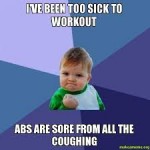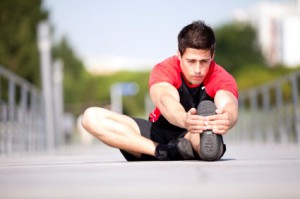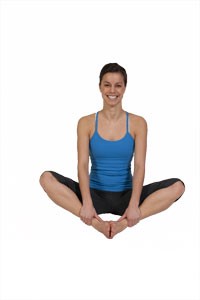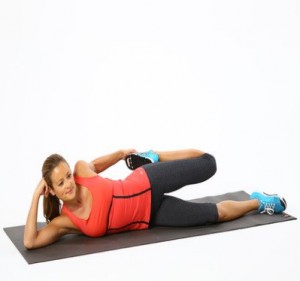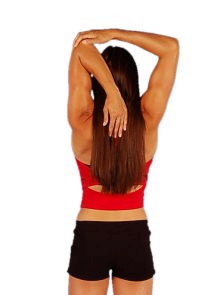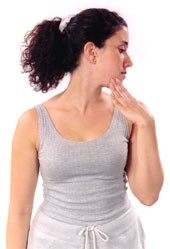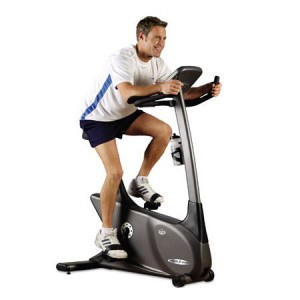By Faith Stewart
Labor Day is behind us, football season has started, and soon it will start getting cooler (maybe, you never know in Oklahoma), all of these are signs that summer is nearing the end. During the summer, many of our schedules were chaotic and unpredictable, but now things are finally getting back into a routine.
One of the hardest areas of our lives to get back on track can be our exercise schedule – how can we fit a workout in our new, often busy, routine?
Here are some tips that I’ve found helpful on getting back in the swing of things:
1. Make a set schedule for physical activity.
If you can’t find an open hour in your schedule to visit the gym, try to incorporate a quick, in home workout into your day. Try jumping jacks and crunches before hopping in the shower, plank holds and leg lifts while watching TV, or lunges and squats while making dinner. These activities may not seem like much, but it allows you to get a small workout in without interfering with your day.
2. Don’t skip a planned exercise.
If you let yourself to miss one exercise before you are really back into the routine, it becomes much easier to continue to skip until you stop altogether. Make it a point to do some sort of physical activity every day, even when you don’t feel like it.
3. Set ATTAINABLE goals.
Most people, (myself included) can get burned out rather quickly when they set goals that can be difficult to reach in a short amount of time (ex: lose 15lbs in six weeks). If you start out with smaller goals (ex: workout three times a week for thirty minutes) it will be easier to stick with it and then reach your long term goal.
4. Have an accountability partner.
This person can be your partner, your child, your best friend, or a coworker, but it needs to be someone that you are in contact with regularly. Tell this person what your goals are and ask them to check in with you on a daily or weekly basis (whichever fits your goals best). Having someone to check in on your workout can be a huge motivating factor to stick with the plan.
5. Download an app on your phone.
Having a good app on your phone can help track your workouts for you and show you improvements over time. Some good choices are RunKeeper or Sworkit. These allow you to set goals in the app and can provide workout tips or exercises for you, as well as monitor your progress.
Remember, change doesn’t occur immediately, so don’t give up when you don’t see instant results. Stick with it and changes will come!
Happy exercising!
